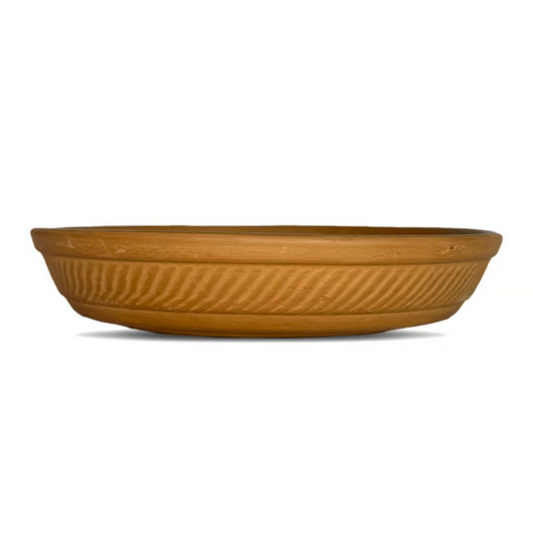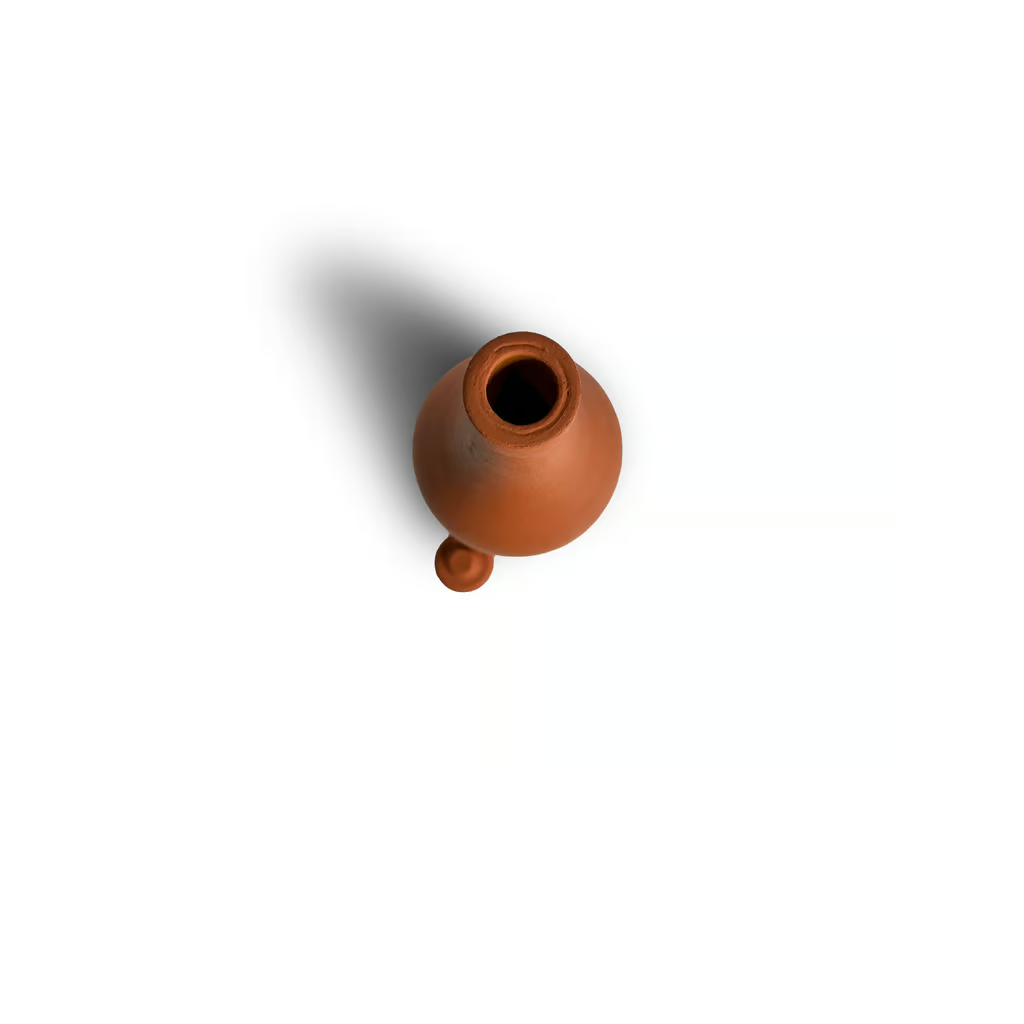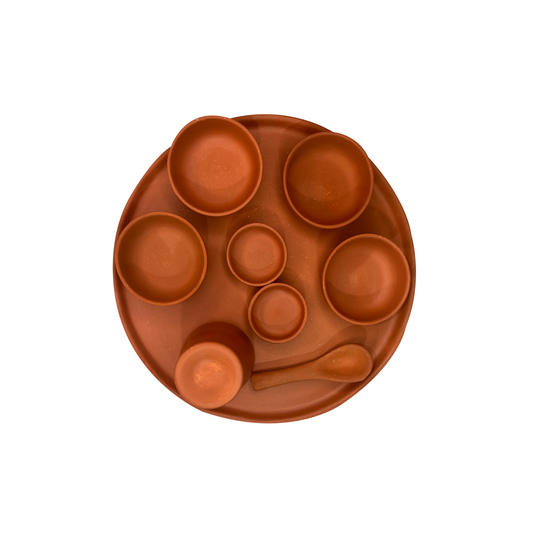
Mud Stove vs. Modern Stoves: Why Traditional Cooking Methods Still Shine

In today’s tech-driven world, kitchens have become high-tech hubs, with modern stoves—ranging from sleek gas cooktops to advanced induction units—dominating the scene. However, traditional cooking methods like mud stove and terracotta stoves continue to hold their ground in many rural areas and among sustainability enthusiasts. These age-old techniques not only connect us to our roots but also bring eco-friendliness and health-conscious cooking to the table.
Let’s explore why these traditional stoves still shine, even in a modern kitchen landscape.
The Timeless Appeal of Mud and Terracotta Stoves
What Are They?
Mud Stoves, crafted from natural materials like clay, mud, and straw, have been used for centuries in rural kitchens. Terracotta stoves, made from fired clay, offer a more durable variation of the Mud Stove while retaining its rustic charm. Both are designed for slow cooking over a biomass or wood fire.
Benefits of Mud and Terracotta Stoves
Made from biodegradable materials, these stoves leave little to no environmental impact, unlike their modern counterparts.
Building a Mud Stove costs next to nothing when local materials are used. Even Terracotta stoves are far more affordable than modern appliances.
Slow cooking on these stoves enhances food flavor while preserving essential nutrients, offering a healthier alternative to fast cooking methods.
These stoves rely on renewable fuels like wood, cow dung, or agricultural waste, reducing dependence on fossil fuels.
Cooking on mud or Terracotta stoves infuses food with a distinct earthy aroma and taste, adding a special touch to traditional dishes.
For many communities, using Mud Stoves is more than just a cooking method—it’s a way to honor their heritage and pass down traditions.
Challenges of Traditional Stoves
- Maintenance: Mud Stoves require regular upkeep, especially in wet climates.
- Time-Intensive: Cooking is slower, which can be inconvenient for busy lifestyles.
- Smoke Hazards: Poor ventilation can lead to respiratory issues from smoke.
The Rise of Modern Stoves
Modern stoves, from gas burners to induction cooktops, bring efficiency, convenience, and safety to today’s kitchens.
Advantages of Modern Stoves
With precise temperature controls and rapid heating, modern stoves cut cooking times significantly.
Induction stoves and LPG-powered gas stoves reduce pollution compared to traditional biomass fuels.
Auto shut-off, flame detection, and other safety mechanisms make modern stoves more secure for daily use.
Sleek designs and easy-to-clean surfaces mean less time spent on upkeep.
Modern stoves fit seamlessly into contemporary kitchen designs.
Drawbacks of Modern Stoves
High Costs: Both the appliances and the fuel or electricity they require can be expensive.
Environmental Concerns: Manufacturing and disposal of modern stoves contribute to pollution.
Loss of Traditional Flavors: Fast cooking often compromises the depth of flavor found in slow-cooked meals.
Mud Stoves vs. Modern Stoves: A Side-by-Side Comparison
|
Feature |
Mud/Terracotta stoves |
Modern Stoves |
|
Cost |
Minimal or no cost |
Expensive |
|
Eco-Friendliness |
100% natural materials |
Uses non-renewable resources |
|
Cooking Speed |
Slow |
Fast |
|
Flavor |
Enhances natural flavors |
Often lacks depth |
|
Maintenance |
Requires regular care |
Low maintenance |
|
Fuel |
Wood, biomass, agricultural waste |
LPG, electricity |
|
Health Risks |
Smoke exposure in some cases |
Safer for indoor use |
Why Traditional Cooking Still Matters
Even as technology transforms our lives, traditional cooking methods remain relevant for several reasons:
- Sustainability: With their minimal environmental impact, mud and Terracotta stoves are perfect for eco-conscious living.
- Cultural Connection: They evoke a sense of nostalgia and help preserve culinary heritage.
- Superior Flavors: The earthy taste of food cooked on these stoves is hard to replicate with modern methods.
- Community Support: Using these stoves often supports local artisans and promotes self-reliance in rural areas.
A Balanced Approach: Tradition Meets Modernity
The future of cooking might lie in blending old and new techniques. Here’s how:
Solar-Powered Mud Stoves: Adding solar energy to traditional stoves can make them more efficient and eco-friendly.
Terracotta Cookware on Modern Stoves: Using terracotta utensils on gas or induction stoves brings the best of both worlds—modern convenience with traditional flavors.
Conclusion
Choosing between mud stoves and modern stoves depends on your lifestyle and values. While modern stoves excel in speed and convenience, mud and Terracotta stoves offer unmatched sustainability, cultural significance, and flavor.
By combining traditional methods with modern innovations, we can celebrate our culinary heritage while embracing the future. After all, the true magic of cooking lies not just in the stove but in the love and care poured into every meal. Visit Mudkart today to explore a wide range of authentic, handcrafted clay products that bring the warmth of tradition and the promise of sustainability into your kitchen.






































